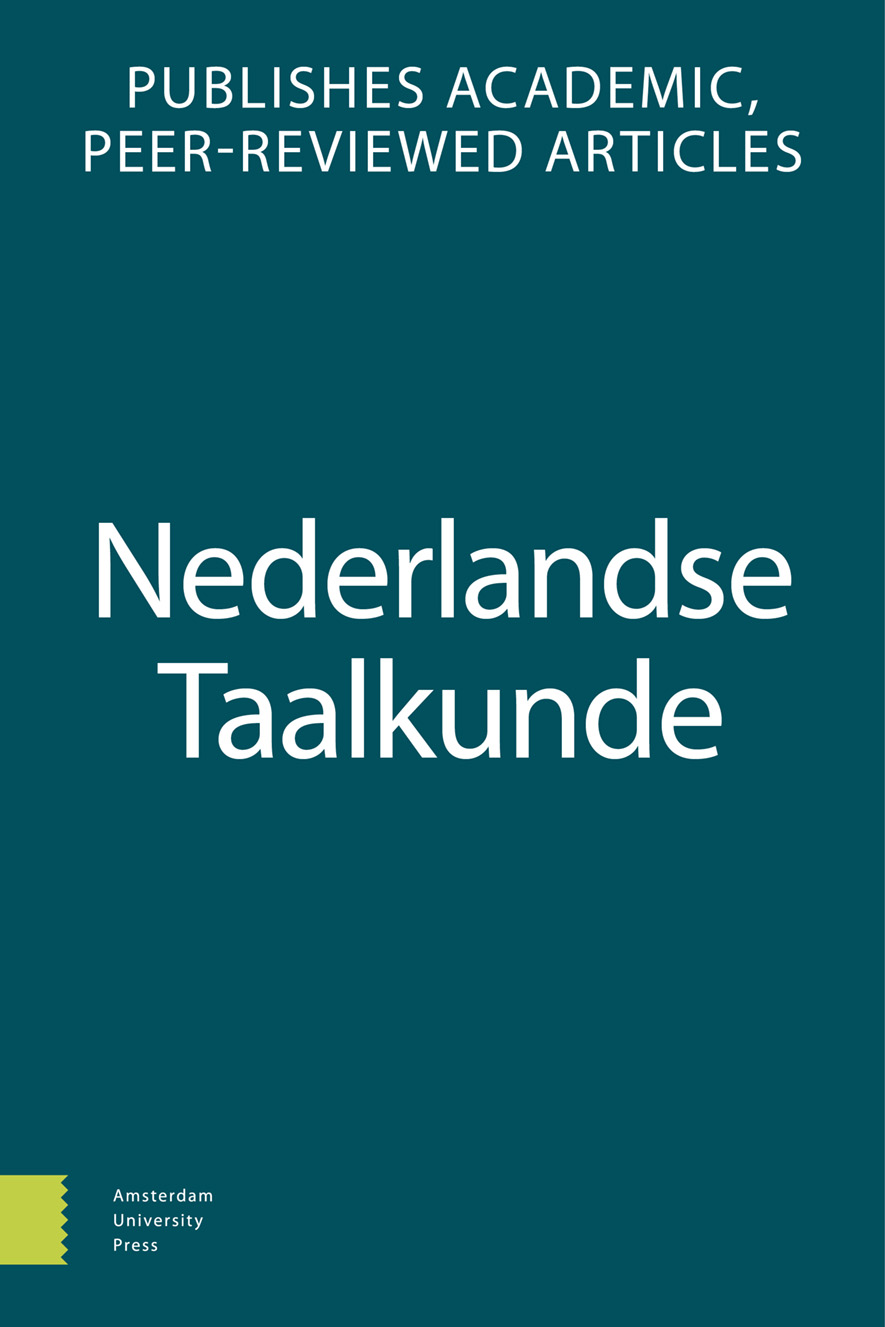-
oa Dutch listeners’ evaluations of degrees of German-accented Dutch
The role of comprehensibility
- Amsterdam University Press
- Source: Nederlandse Taalkunde, Volume 26, Issue 2, Oct 2021, p. 248 - 271
Abstract
The effect of non-native accented speech on speaker and message evaluations is well-researched for English, but accent-induced effects in languages other than English have been underexplored. The purpose of the present study is to investigate the effects of a weak and strong German accent in Netherlandic Dutch on Dutch listeners’ perceptions of and attitudes towards the speaker and the message (in terms of, for instance, comprehensibility, persuasiveness, status, likeability and dynamism). In an experiment, 188 listeners evaluated fragments recorded in Standard Dutch guises, weakly German-accented guises and strongly German-accented guises. Findings showed that strongly German-accented guises were evaluated as less comprehensible and attracted less positive evaluations than weakly German-accented guises, whereas guises with weaker German accents were evaluated similarly to Standard Dutch guises. Comprehensibility mediated the effect of accent strength on speaker evaluations, which, in turn, mediated the effect of accent strength on persuasiveness. Thus, our findings highlight the importance of comprehensibility in determining speaker evaluations.


